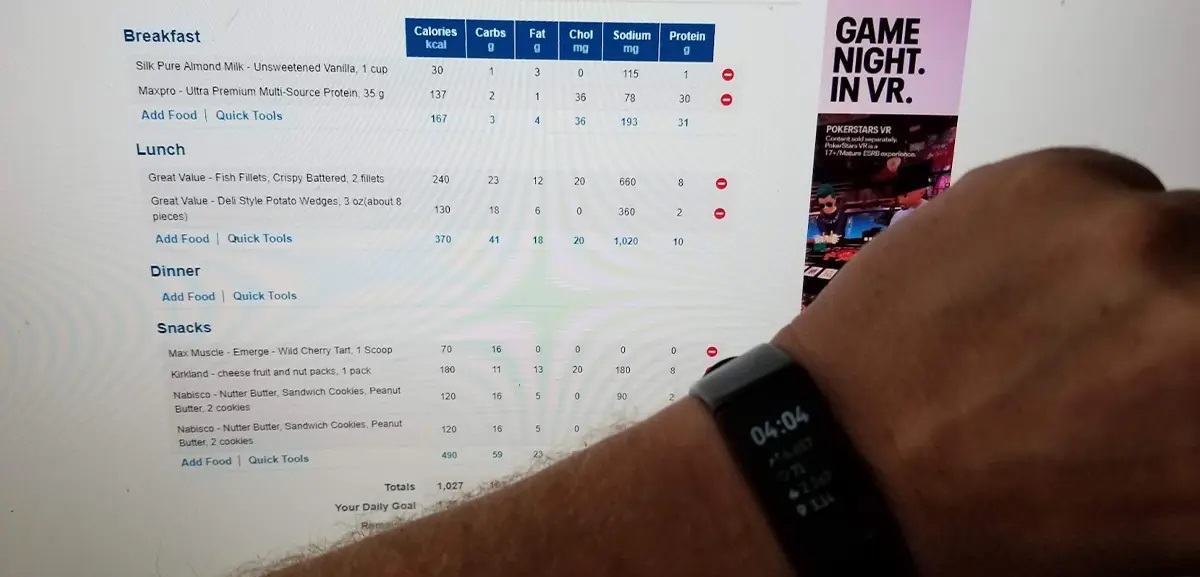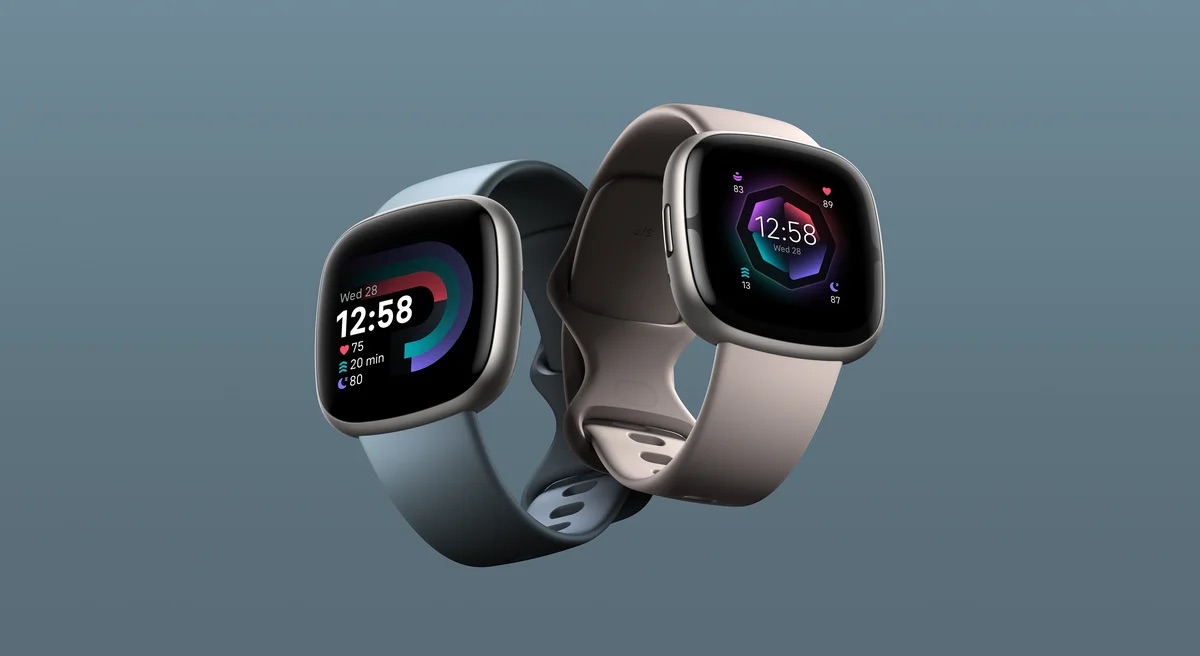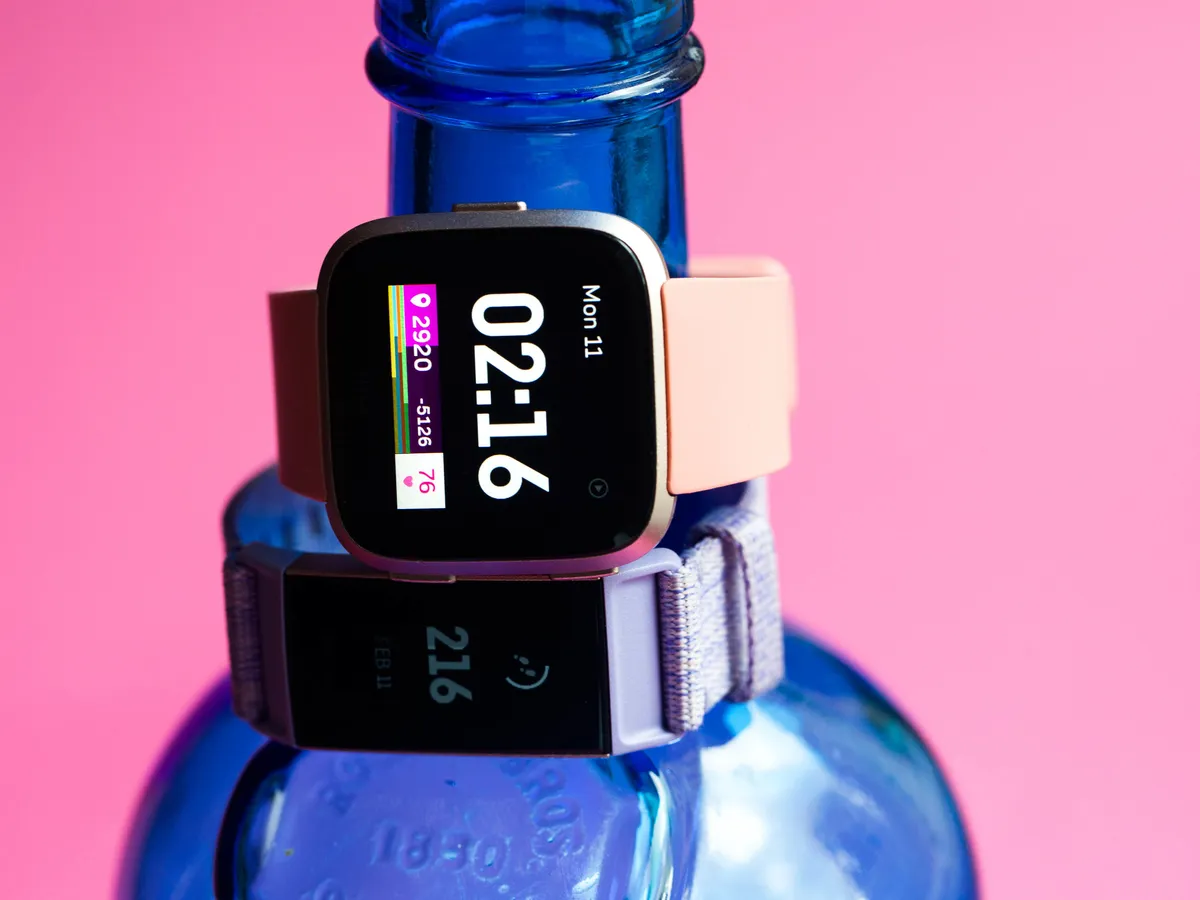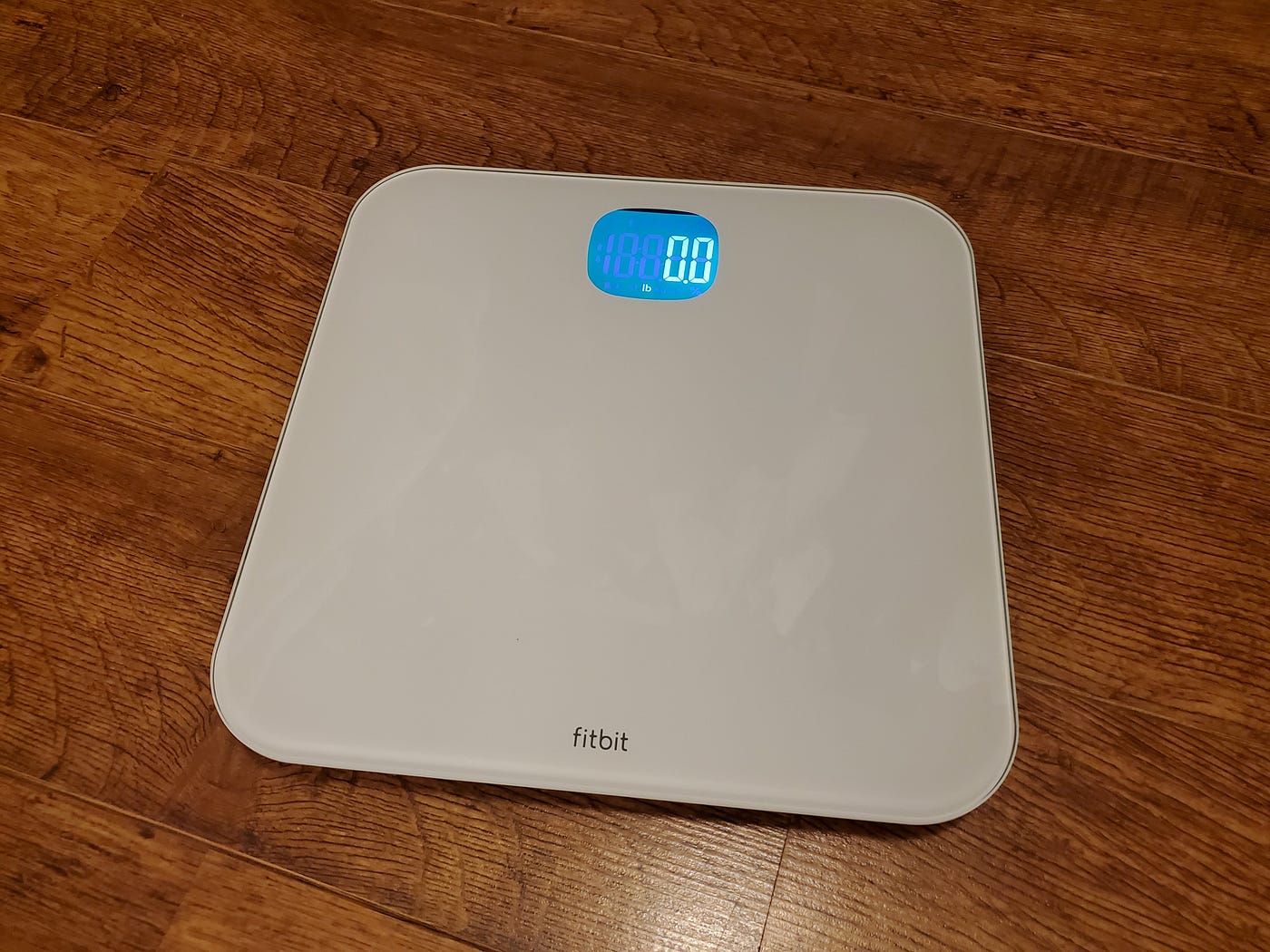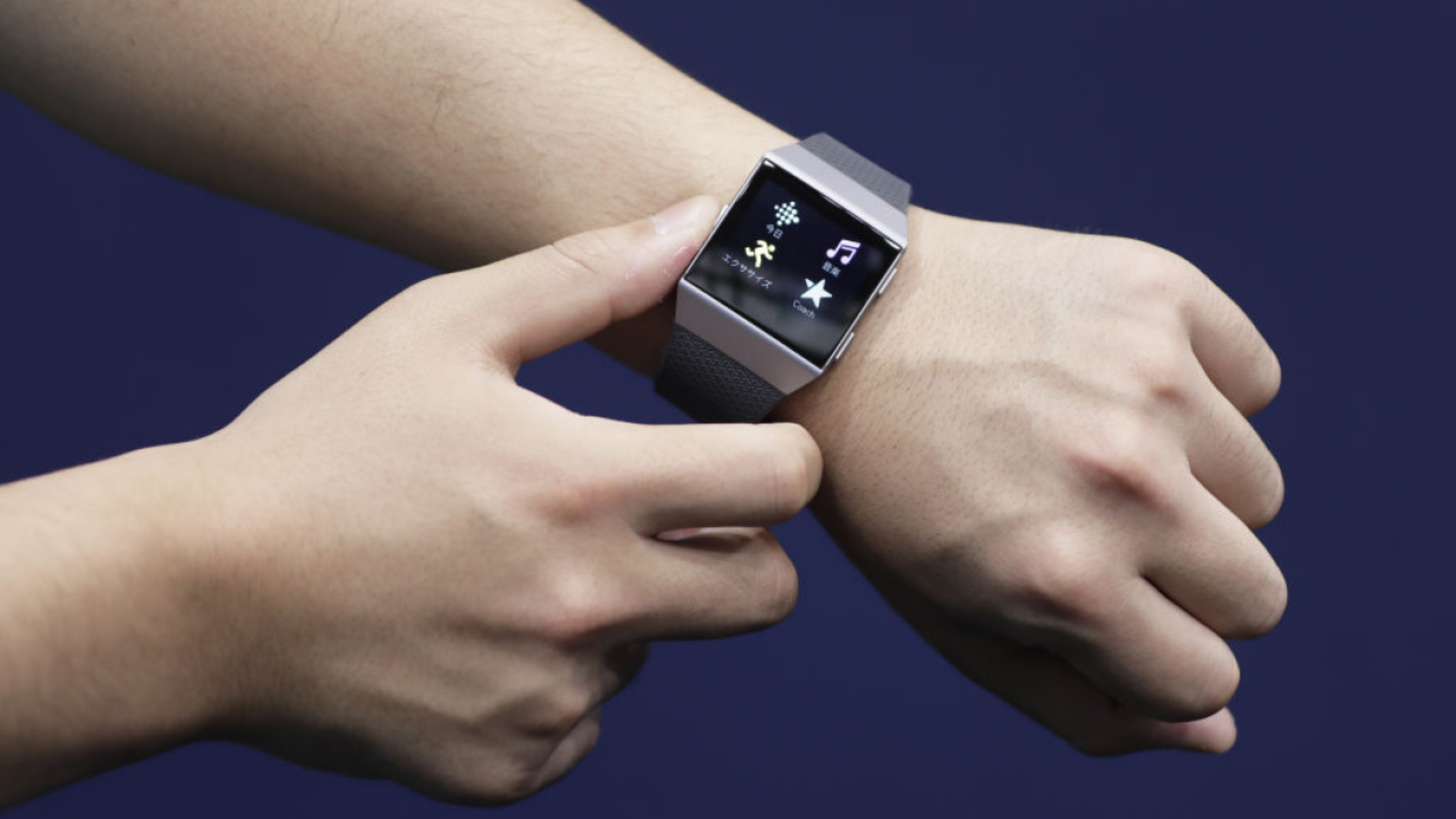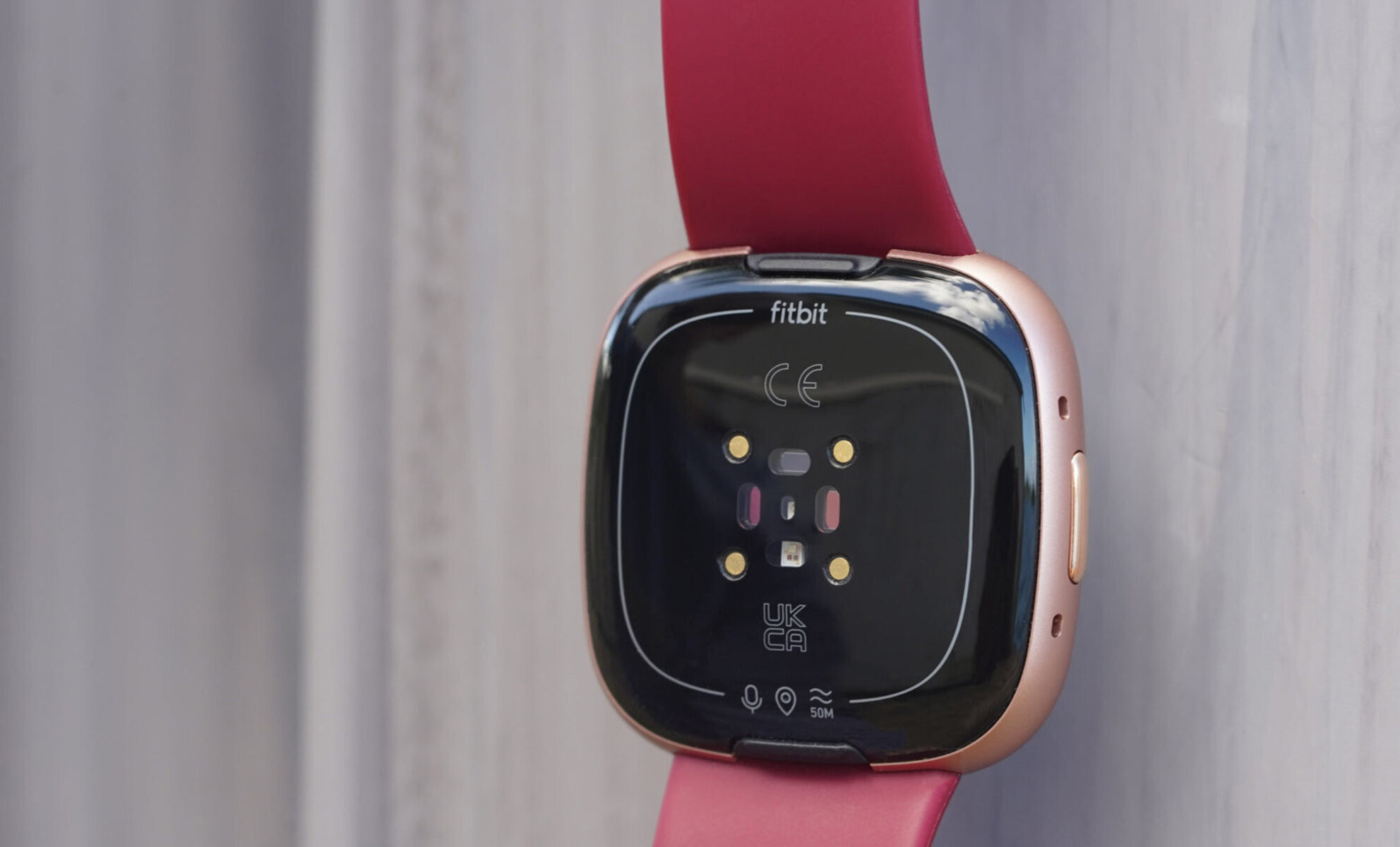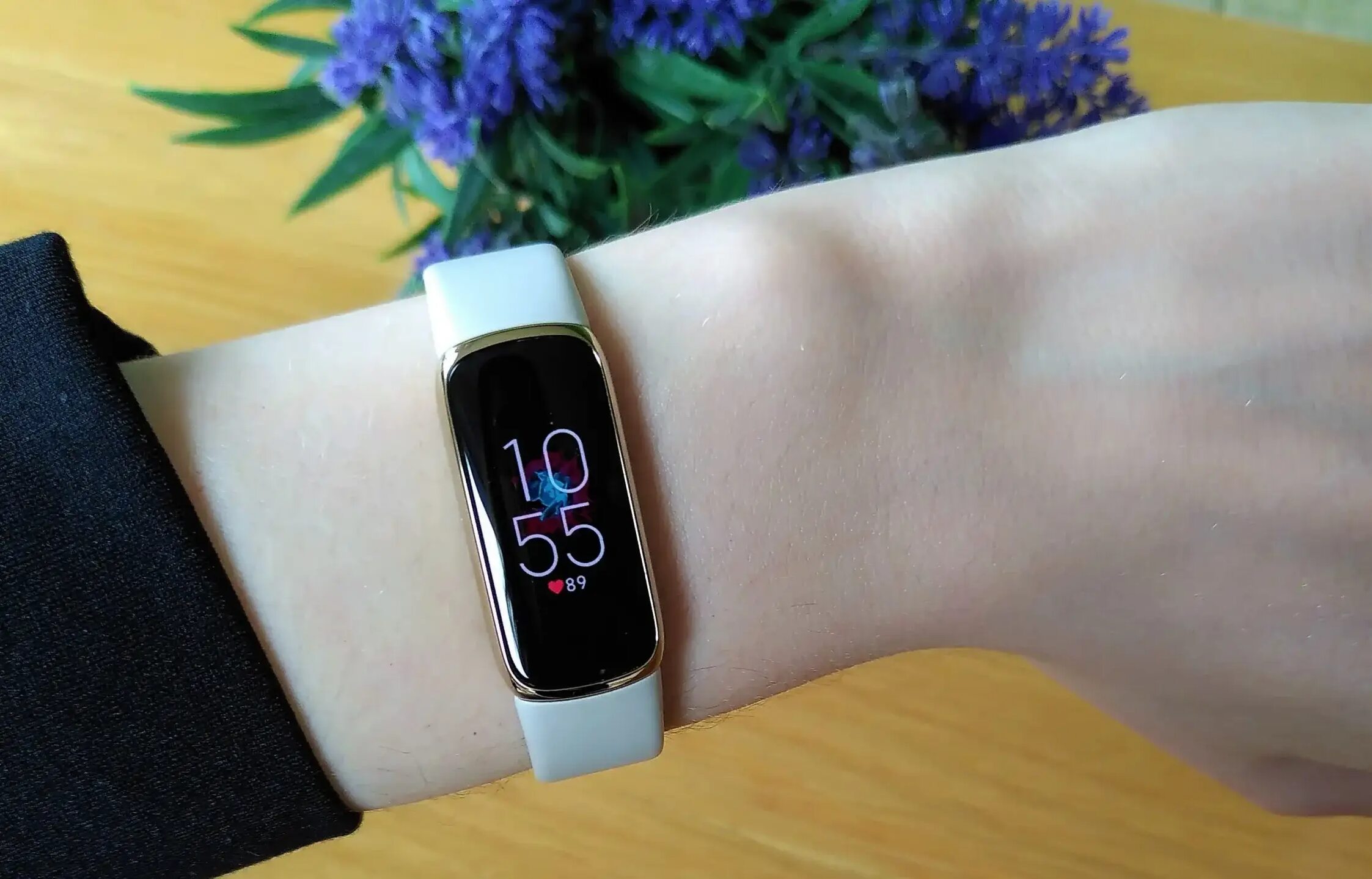Introduction
Setting a goal weight is a pivotal aspect of any fitness journey. It serves as a guiding light, motivating individuals to make healthier choices and adopt sustainable habits. Fitbit, a leading name in the wearable technology industry, provides users with a platform to track their fitness progress, including the ability to set and adjust their goal weight. Whether you're striving to shed a few pounds, maintain your current weight, or build muscle mass, modifying your goal weight on Fitbit can be a game-changer in your quest for a healthier lifestyle.
Adjusting your goal weight on Fitbit is more than just a number on a screen. It represents a commitment to your well-being, a dedication to self-improvement, and a pledge to prioritize your health. By understanding the reasons for altering your goal weight and mastering the process of doing so, you can harness the full potential of Fitbit's capabilities and propel yourself closer to your desired fitness outcomes.
In this comprehensive guide, we will delve into the significance of adjusting your goal weight on Fitbit, the step-by-step process to make this adjustment, and essential tips for setting a realistic goal weight. Whether you're new to Fitbit or a seasoned user looking to recalibrate your fitness objectives, this article will equip you with the knowledge and insights to navigate this aspect of your wellness journey with confidence and clarity. So, let's embark on this empowering exploration and unravel the transformative potential of modifying your goal weight on Fitbit.
Reasons for Adjusting Your Goal Weight
Adjusting your goal weight on Fitbit is not only about adapting to changing circumstances, but also about aligning your fitness objectives with your current reality. There are several compelling reasons why you might consider modifying your goal weight on Fitbit:
-
Weight Loss Progress: As you progress on your fitness journey, you may find that your initial goal weight is no longer reflective of your aspirations. Whether you've surpassed your target weight or discovered that your initial goal was too ambitious, adjusting your goal weight allows you to recalibrate your objectives in line with your evolving accomplishments.
-
Health Milestones: Your health and well-being are dynamic, and your goal weight should adapt to these changes. Perhaps you've achieved specific health milestones, such as lowering your cholesterol levels or improving your overall fitness. Adjusting your goal weight on Fitbit enables you to realign your focus and set new targets that resonate with your improved health status.
-
Muscle Gain: If your fitness regimen includes strength training or muscle-building exercises, you might experience a shift in your body composition. Muscle is denser than fat, so your weight might not accurately reflect your progress. By adjusting your goal weight on Fitbit, you can account for muscle gain and set more realistic and meaningful targets.
-
Plateau Breakthrough: It's common to reach a plateau during weight loss or fitness endeavors. By adjusting your goal weight on Fitbit, you can reignite your motivation and commitment to your fitness journey. Setting a new goal weight can inspire a renewed sense of purpose and determination, propelling you past any stagnant phases.
-
Lifestyle Changes: Changes in your lifestyle, such as a new job, relocation, or family dynamics, can impact your fitness routine and overall well-being. Adjusting your goal weight on Fitbit allows you to adapt to these changes and set achievable targets that align with your current lifestyle and commitments.
By recognizing and embracing the need to adjust your goal weight on Fitbit, you demonstrate a proactive approach to your fitness journey. This adaptability empowers you to stay engaged, motivated, and aligned with your evolving health and wellness aspirations.
How to Change Your Goal Weight on Fitbit
Changing your goal weight on Fitbit is a straightforward process that empowers you to recalibrate your fitness objectives in line with your evolving goals and progress. Whether you're aiming to lose weight, maintain your current weight, or build muscle mass, adjusting your goal weight on Fitbit can be a pivotal step in your wellness journey. Here's a step-by-step guide to help you seamlessly modify your goal weight on Fitbit:
-
Accessing Your Fitbit Dashboard: Begin by accessing your Fitbit dashboard through the Fitbit mobile app or the Fitbit website on your computer. Your dashboard serves as the central hub for monitoring your fitness metrics and adjusting your goal weight.
-
Navigating to the Weight Goal Section: Once you're on your Fitbit dashboard, navigate to the "Weight" section, where you can view your current weight goal and track your progress. Look for the option to modify your goal weight, typically located within the settings or profile section.
-
Selecting the Goal Weight Option: Within the "Weight" section, locate the option to adjust your goal weight. This may be labeled as "Edit Goal" or a similar term, depending on the specific interface of the Fitbit platform you're using.
-
Entering Your New Goal Weight: Upon selecting the goal weight option, you'll be prompted to enter your new target weight. Take this opportunity to set a realistic and meaningful goal weight that aligns with your fitness aspirations and overall well-being.
-
Confirming the Changes: After entering your new goal weight, review the changes to ensure accuracy. Once you're satisfied with the revised goal weight, confirm the adjustments to finalize the process.
-
Tracking Your Progress: With your updated goal weight in place, continue using your Fitbit device to track your progress and stay motivated on your fitness journey. Regularly monitor your weight trends and celebrate your milestones as you work towards your adjusted goal weight.
By following these simple steps, you can seamlessly modify your goal weight on Fitbit, empowering yourself to stay aligned with your evolving fitness aspirations and progress. This flexibility ensures that your Fitbit experience remains tailored to your individual wellness journey, empowering you to make meaningful strides towards a healthier and more active lifestyle.
Tips for Setting a Realistic Goal Weight
Setting a realistic goal weight is a pivotal step in your fitness journey, as it provides a tangible target to strive towards while fostering a healthy and sustainable approach to weight management. Here are essential tips to guide you in setting a realistic goal weight that aligns with your individual needs and promotes long-term well-being:
1. Consider Your Body Composition
When determining your goal weight, consider not only the number on the scale but also your body composition. Factors such as muscle mass, bone density, and overall physique play a significant role in defining a healthy weight for your body. Aim to set a goal weight that reflects a balanced body composition and supports your overall health and vitality.
2. Embrace Realistic Expectations
While it's natural to aspire to achieve significant weight-related goals, it's crucial to embrace realistic expectations. Rapid or extreme weight loss targets can be unsustainable and potentially detrimental to your health. Instead, focus on setting gradual and achievable milestones that align with a healthy rate of weight loss or maintenance.
3. Prioritize Overall Well-Being
Your goal weight should not be solely determined by societal norms or arbitrary standards. Prioritize your overall well-being, including factors such as energy levels, physical fitness, and emotional wellness, when setting your goal weight. A holistic approach to health and fitness will guide you towards a realistic and meaningful goal weight.
4. Consult with Health Professionals
Seeking guidance from healthcare professionals, such as a registered dietitian or a physician, can provide valuable insights into setting a realistic goal weight. These experts can consider your individual health history, nutritional needs, and physical activity levels to help you establish a goal weight that promotes optimal health and supports your well-being.
5. Factor in Sustainable Lifestyle Changes
When setting your goal weight, consider the lifestyle changes necessary to achieve and maintain it. Focus on incorporating sustainable habits such as balanced nutrition, regular physical activity, and adequate rest. By factoring in these sustainable lifestyle changes, you can establish a realistic goal weight that aligns with your long-term wellness journey.
6. Monitor Non-Scale Victories
While the scale provides a numerical measure of weight, it's essential to recognize and celebrate non-scale victories. These victories may include improved fitness levels, enhanced endurance, better sleep quality, and increased confidence. Acknowledging and valuing these non-scale achievements alongside your goal weight can enrich your overall fitness experience.
7. Embrace Flexibility and Adaptability
As your fitness journey evolves, be open to adjusting your goal weight to reflect your changing needs and aspirations. Embracing flexibility and adaptability allows you to recalibrate your goals in response to progress, plateaus, or lifestyle changes, ensuring that your goal weight remains realistic and relevant to your well-being.
By incorporating these tips into your goal-setting process, you can establish a realistic goal weight that honors your individuality, promotes sustainable wellness, and empowers you to thrive on your fitness journey. Remember that your goal weight is a reflection of your commitment to holistic health and well-being, and setting it realistically sets the stage for a fulfilling and enduring wellness transformation.
Conclusion
In conclusion, the ability to adjust your goal weight on Fitbit is a powerful tool that empowers individuals to align their fitness aspirations with their evolving progress and changing circumstances. By recognizing the need to modify their goal weight, users can ensure that their Fitbit experience remains tailored to their individual wellness journey, fostering a sense of adaptability, motivation, and long-term commitment to health and well-being.
The process of changing your goal weight on Fitbit is streamlined and user-friendly, enabling seamless adjustments to be made in response to weight loss milestones, health improvements, muscle gain, plateau breakthroughs, and lifestyle changes. This flexibility ensures that users can recalibrate their fitness objectives with confidence, propelling themselves towards meaningful and achievable targets.
Furthermore, the significance of setting a realistic goal weight cannot be overstated. It serves as a compass, guiding individuals towards a balanced and sustainable approach to weight management while prioritizing overall well-being. By considering factors such as body composition, realistic expectations, and sustainable lifestyle changes, users can establish goal weights that resonate with their individual needs and promote enduring health and vitality.
Ultimately, the process of adjusting one's goal weight on Fitbit transcends numerical modifications; it embodies a commitment to holistic health, a dedication to self-improvement, and a celebration of progress, both on and off the scale. It represents a dynamic and adaptable approach to fitness, acknowledging that wellness is a journey of growth, resilience, and self-discovery.
As users navigate their fitness journey with Fitbit, the ability to modify their goal weight stands as a testament to their agency in shaping their wellness narrative. It embodies the ethos that health and fitness are deeply personal, and that goals should evolve in harmony with one's individual path to well-being.
In essence, the process of adjusting one's goal weight on Fitbit is a reflection of the dynamic nature of wellness, encapsulating the spirit of adaptability, empowerment, and resilience. It is a testament to the transformative potential of wearable technology in supporting individuals on their quest for a healthier, more active, and fulfilling lifestyle.







